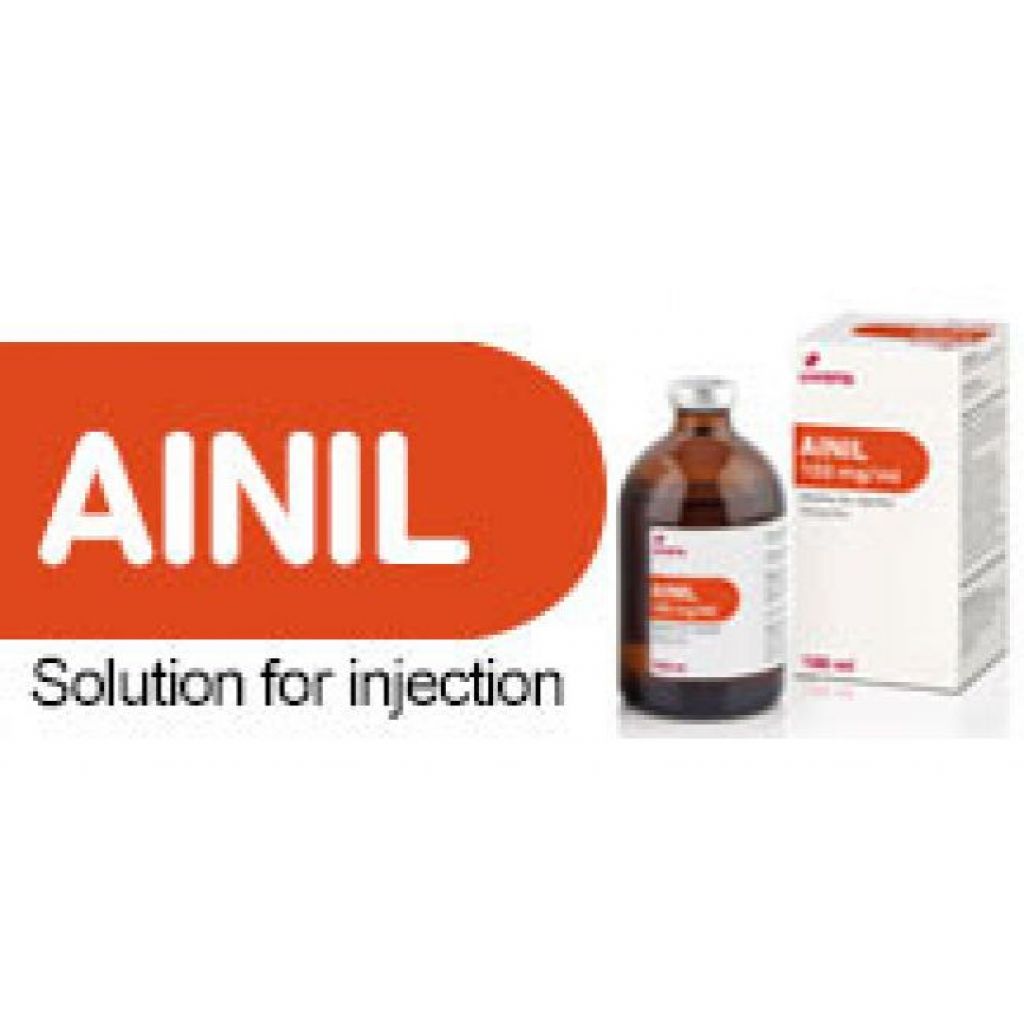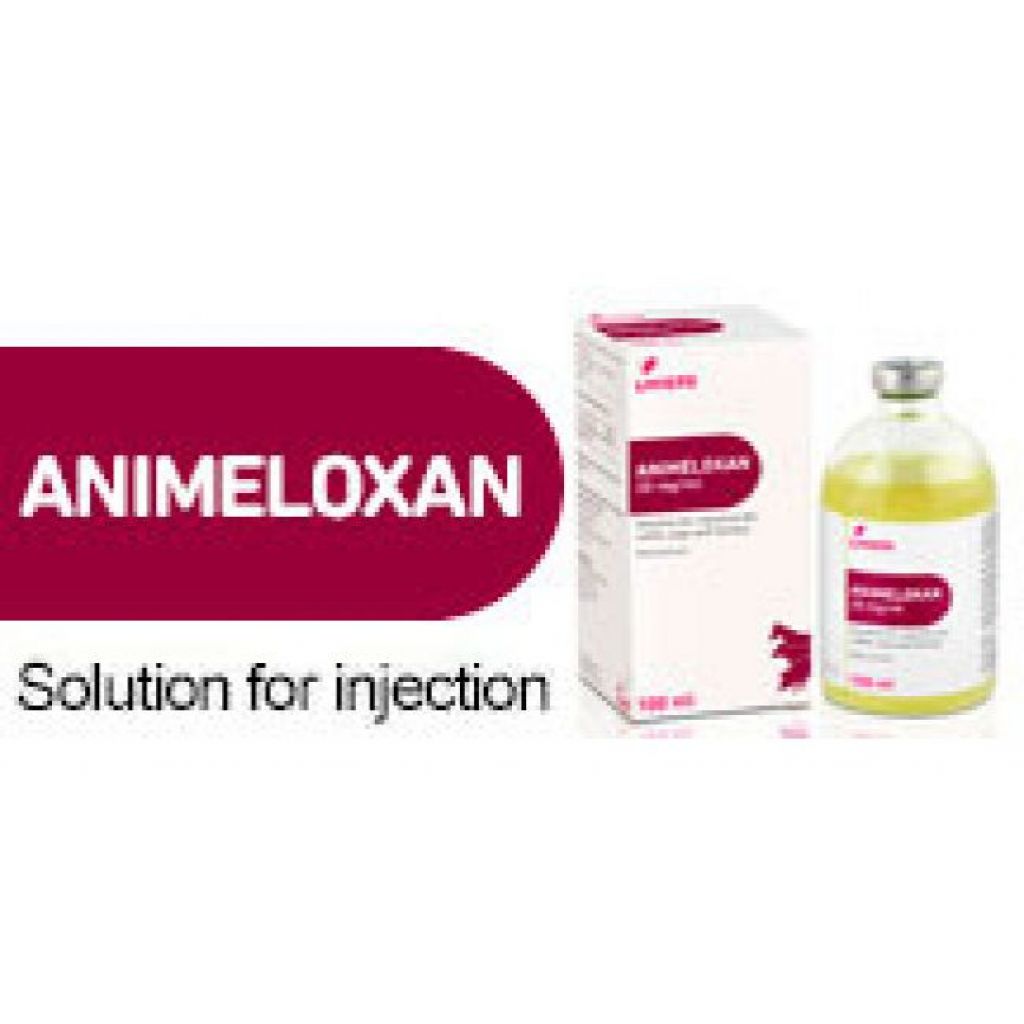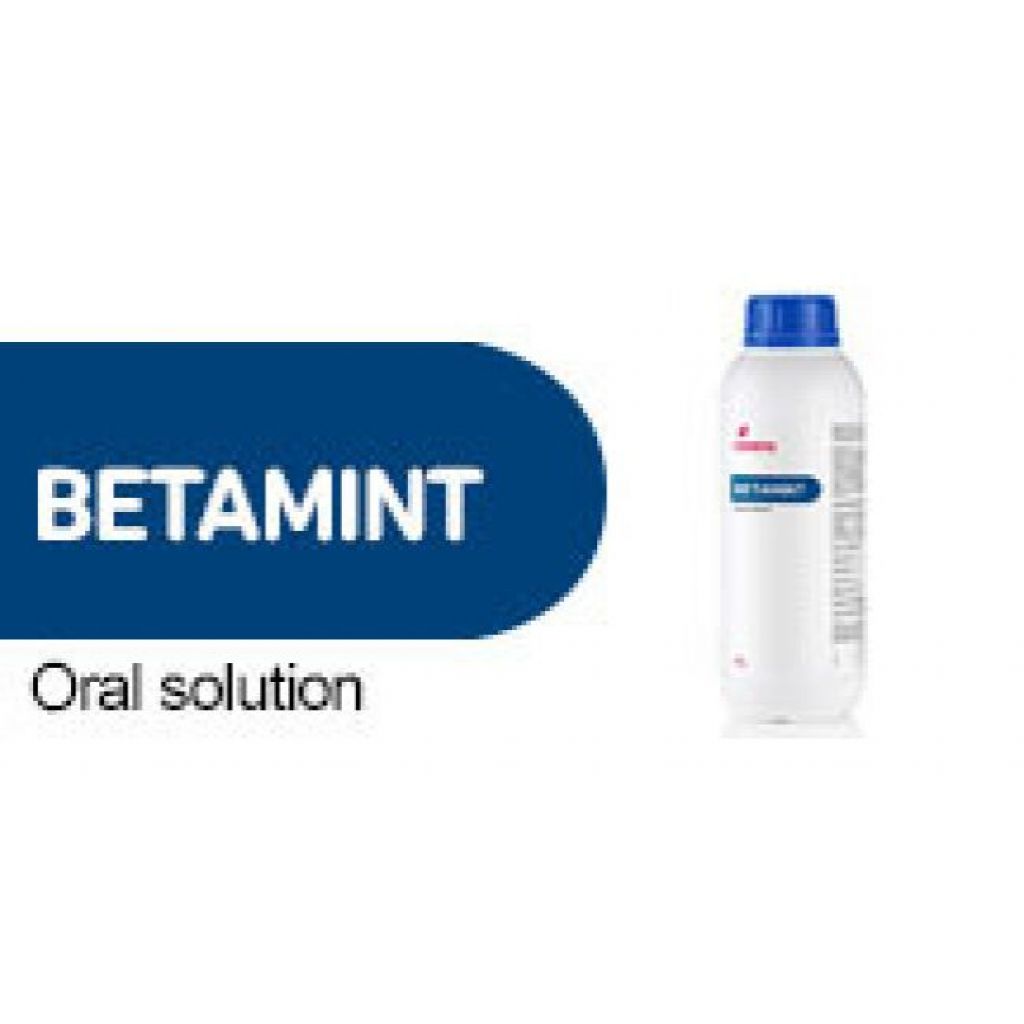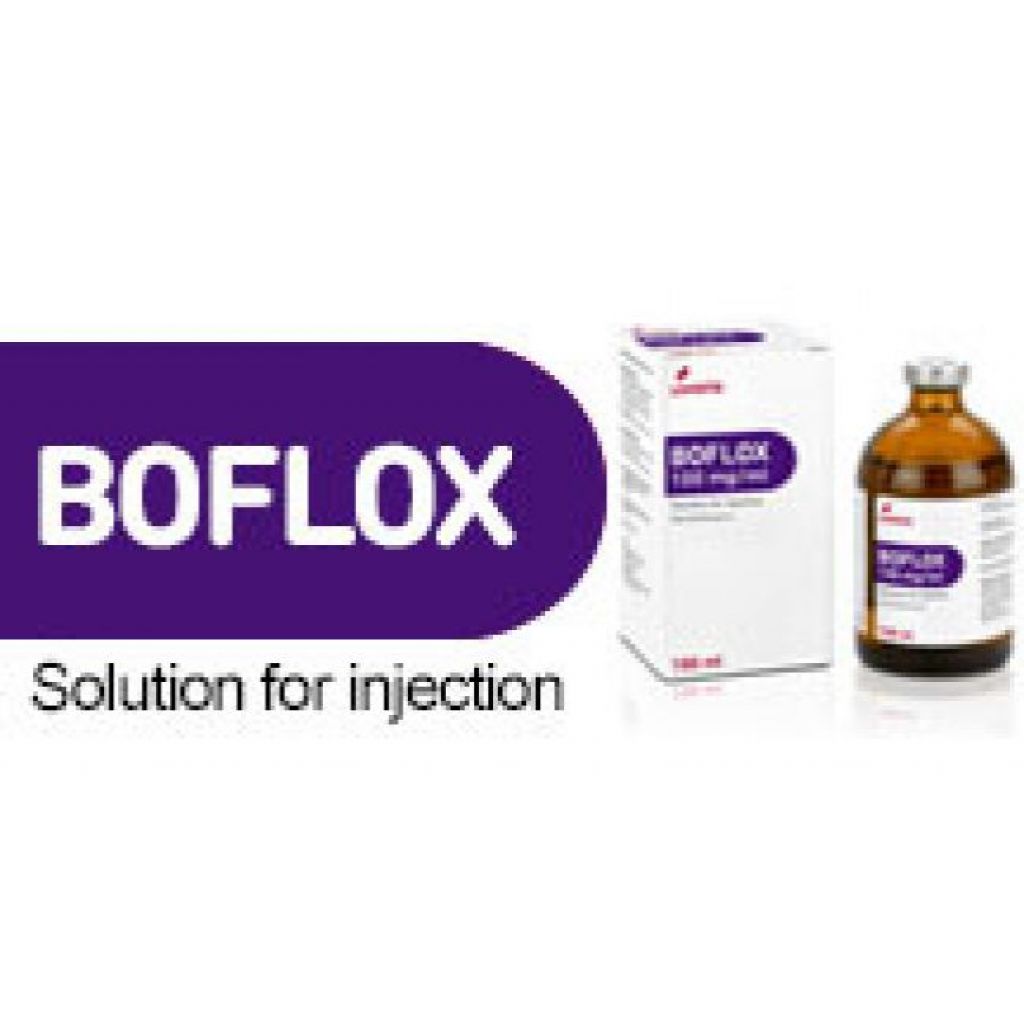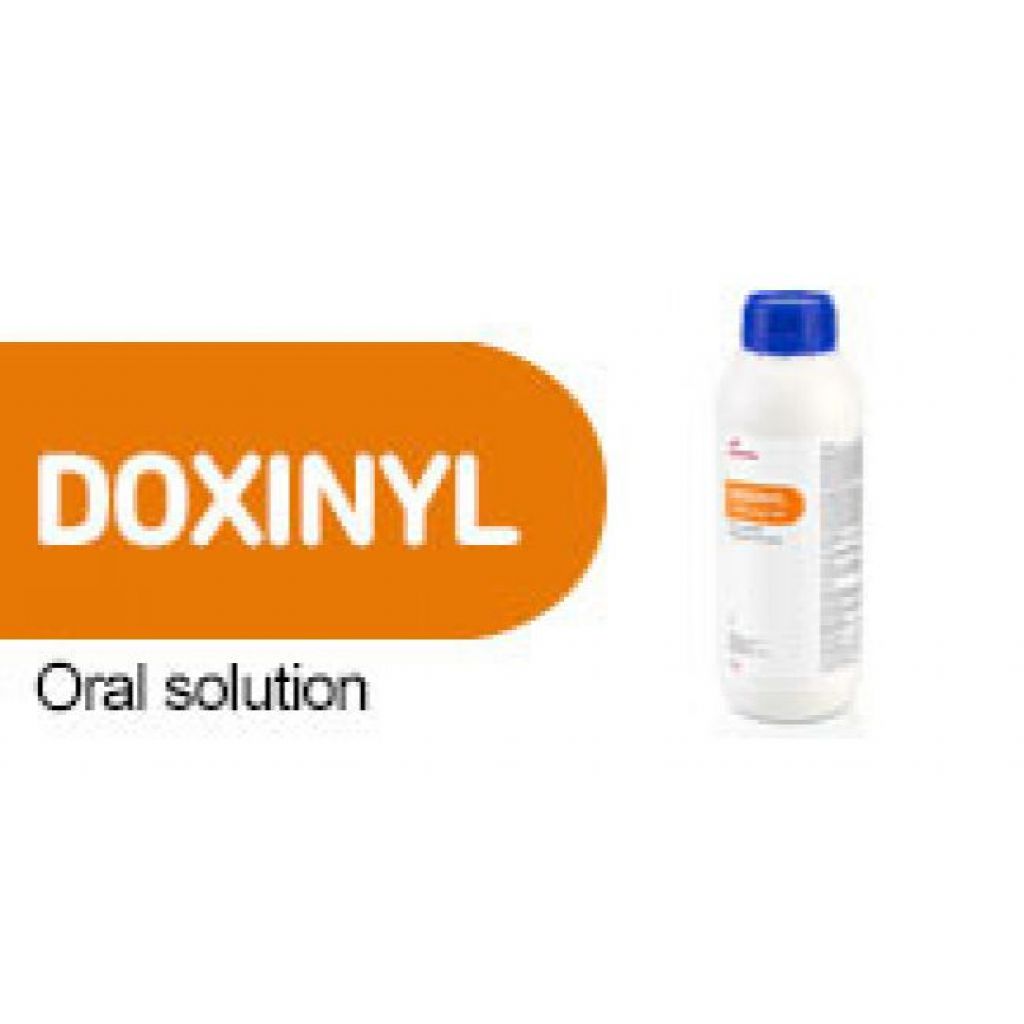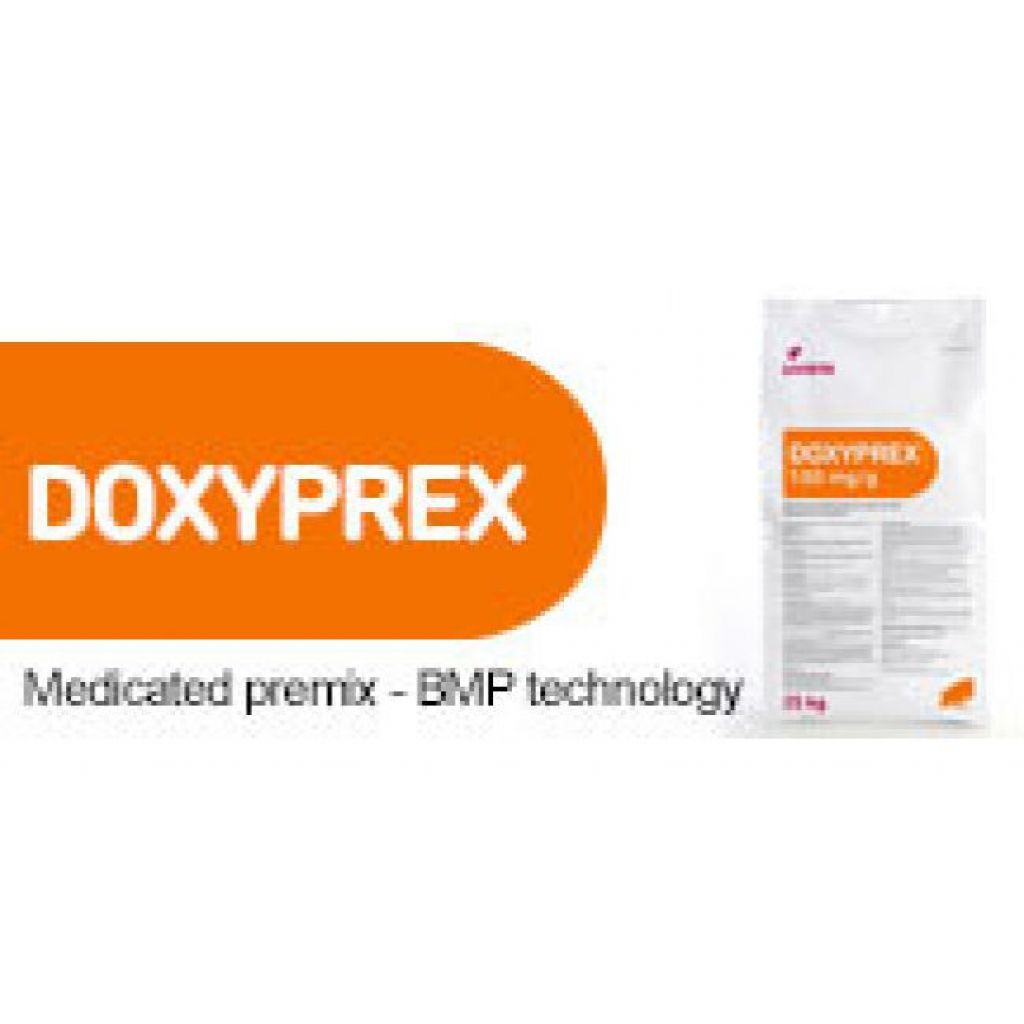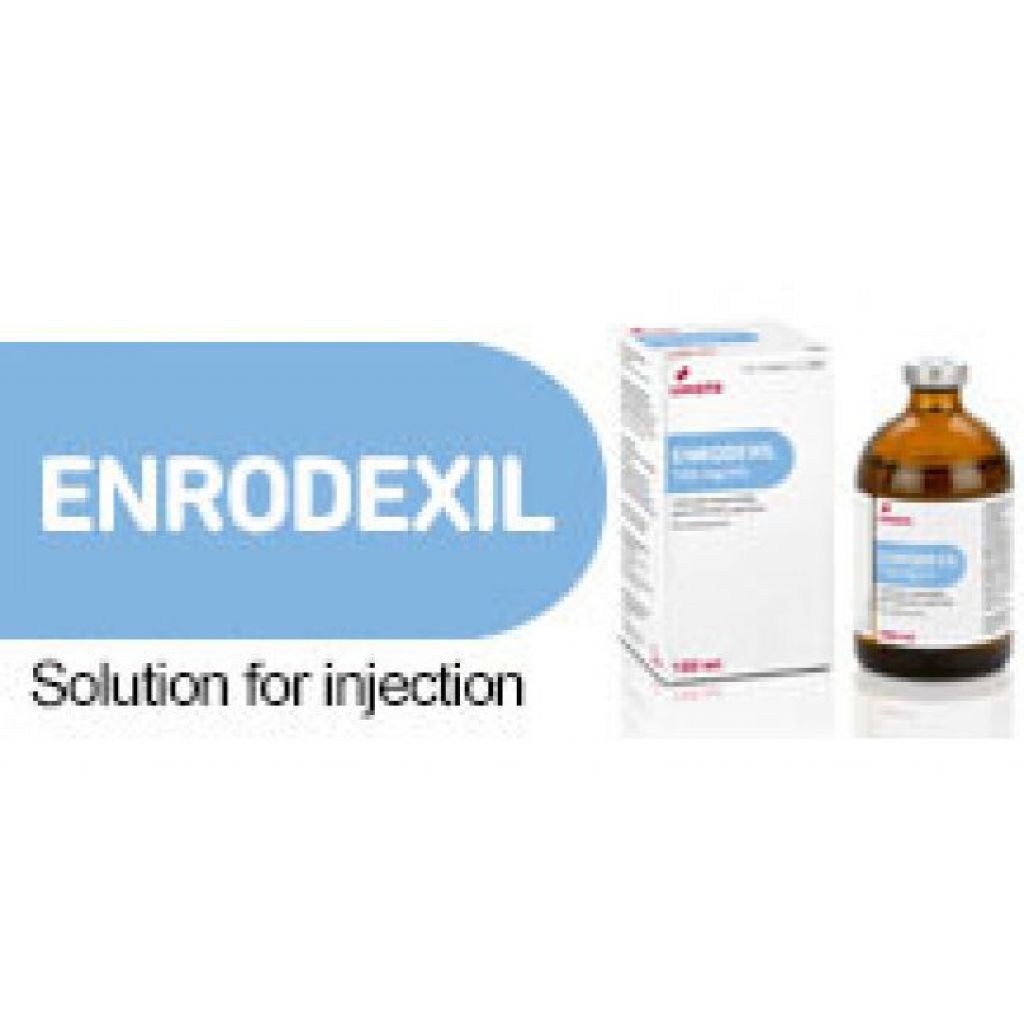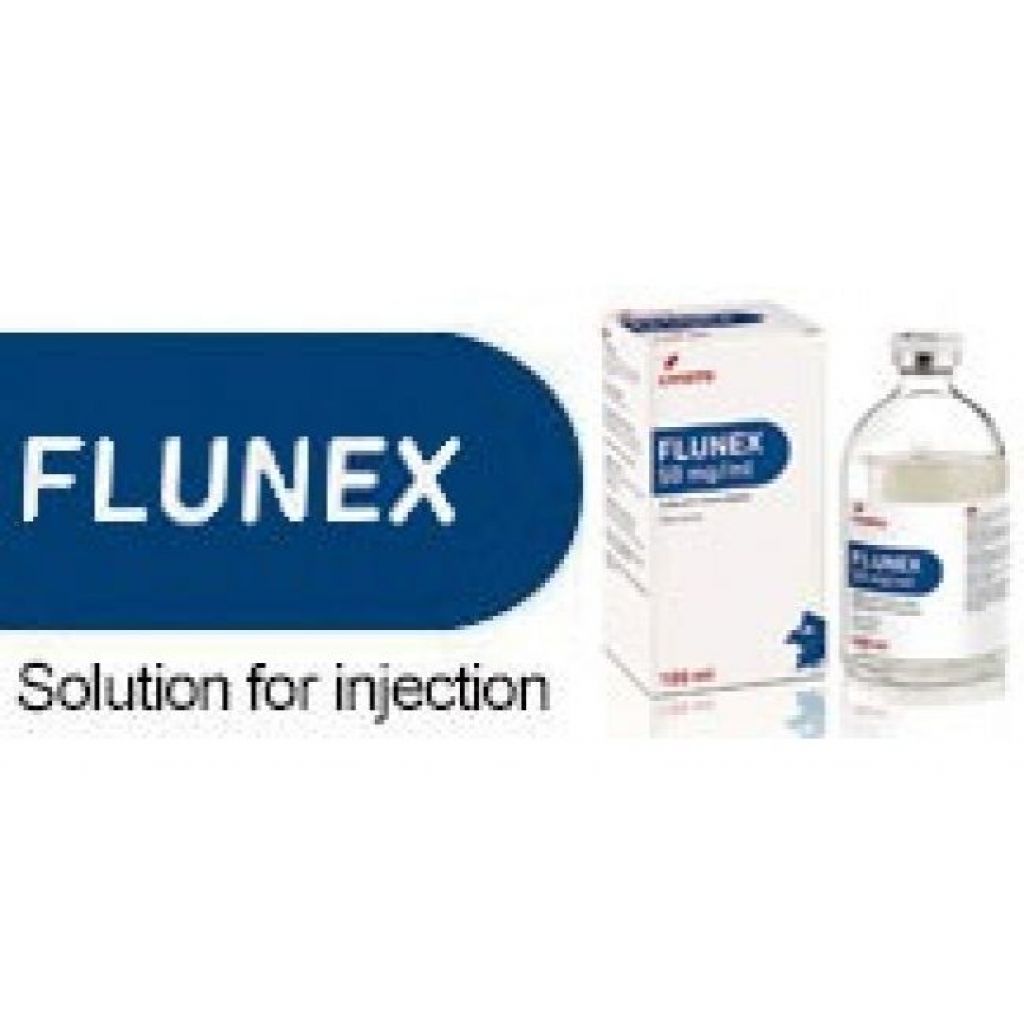NSAIDs and antimicrobials in swine respiratory problems
Swine respiratory diseases have a considerable economic impact over intensive pig farming worldwide, causing high morbidity and mortality, increased medication cost, reduced feed conversion and growth rate, among others. Respiratory problems are multifactorial and the multiple etiologies vary by country, region and production system; moreover, the pathogenic roles of these etiologies are often unknown (Zimmerman et al., 2012).
In previous articles, we talked about key points in the use of non-steroidal anti-inflammatory drugs (NSAID) and we also compared oral and intramuscular (IM) administration of ketoprofen where the conclusion was that both routes are clinically effective, the choice depending on other factors such as appetite or the farm water system.
With all this reviewed, in this article we want to focus on how NSAIDs work and why they are effective in combination with the use of antimicrobials in respiratory problems.
NSAIDs and antimicrobials: what are the benefits of its combined use in swine respiratory problems?
There is some evidence that NSAIDs, such as meloxicam or ketoprofen, reduce the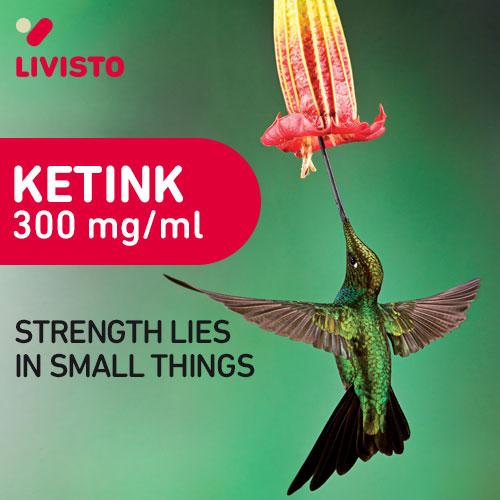 clinical signs (e.g. fever and inappetence) associated with Porcine Respiratory Disease (PRD).
clinical signs (e.g. fever and inappetence) associated with Porcine Respiratory Disease (PRD).
The use of NSAIDs reduces inflammation in the pig’s respiratory tract and this, in turn:
- Reduces fever.
- Make the pigs feel better and eat more.
Georgoulakis et al. (2006) conducted a study to determine the efficacy of a single injection of meloxicam (0.4 mg per kg body weight) as adjunctive therapy to antimicrobial medication in treatment and control of porcine respiratory disease complex (PRDC) in growing pigs.
They found that, compared to animals treated with antimicrobials alone, when meloxicam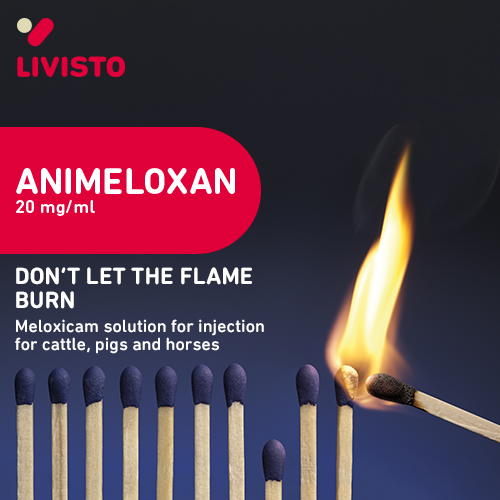 was used in conjunction with an antimicrobial medication to treat PRDC:
was used in conjunction with an antimicrobial medication to treat PRDC:
- There were less re-treated pigs: for the authors, this suggests that meloxicam contributes to more rapid recovery from respiratory inflammation triggered by viral and bacterial pathogens in PRDC infection.
- Mortality was lower.
- Growth was better.
In calves, Lockwood et al. (2003) published a study that analyzed clinical efficacy of NSAIDs (flunixin, ketoprofen and carprofen) as adjuncts to the antibacterial treatment of bovine respiratory disease. Results showed that:
- The pyrexia of the groups treated with a NSAID was reduced significantly more than the pyrexia of the group treated with antimicrobial alone.
- There was less lung consolidation in the groups treated with a NSAID than in the animals treated with an antibiotic alone.
What happens when there is a respiratory infection?
Cyclooxygenases (COX-1 and COX-2) are key enzymes in the conversion of arachidonic acid to prostaglandins and other lipid mediators that can be induced by inflammatory stimuli.
During inflammatory reactions, the activity of the COX-1 enzyme, which is a structural enzyme, increases 2-3 times, while the activity of the inducible form of COX-2 enzyme can increase more than 20 times (Ural, 2021).
Endotoxins are lipopolysaccharide contained within the cell wall of Gram-negative bacteria. These molecules initiate a host inflammatory response to Gram-negative bacterial infection. Ural (2021) concluded that endotoxins are the most potent inducers of COX-2 synthesis in monocytes and alveolar macrophages.
For instance, Cho and Chae (2002) observed that during Actinobacillus pleuropneumoniae infection, COX-2 was always associated with macrophages and neutrophils in pleuropneumonic lung lesions but was minimal in non-lesional lungs of infected pigs and in normal lung from control group.
In another study Cho and Chae (2003) suggested that a prostanoid product of COX-2 is an important component of the inflammatory response to acute and chronic A. pleuropneumoniae infection.
Moreover, it has recently led to the view that neutrophils, associated with COX-2, can have devastating effects on pulmonary cells and interstitial tissues (Ural, 2021).
Why NSAIDs work?
Although the inflammatory reaction that occurs in respiratory infections is part of the normal healing process, excessive reaction can impair healing and seriously damage the respiratory tract. It is most appropriate to limit the inflammatory reaction by eliminating the harmful agent, isolating the damaged tissue and controlling this tissue (Ural, 2021).
NSAIDs have been found to reduce the release of toxic peroxide in respiratory-related inflammatory processes. Toxic peroxide causes:
- The proliferation of fibroblasts.
- The accumulation of collagen.
NSAIDS also inhibit the increase of nitric oxide synthase production in lung macrophages, weakening the destructive effect of these cells on the bronchial mucosa. The antitoxic activity of NSAIDs is based on inhibition of malondialdehyde (a free radical) production (Ural, 2021).
NSAIDs main mechanism of action is the inhibition of COX enzyme, which mainly implies a block on the synthesis of prostaglandins (PG). By blocking pro-inflammatory PGs, NSAIDS can reduce:
- Dilatation of the arterioles that increase blood flow, and thus inflammation, to the area of injury. In consequence, the endothelial wall is more permeable and there is extravasation of all kinds of molecules into the tissue.
- Hyperalgesia, which negatively affects animal welfare and thus feed intake.
Treatment with meloxicam in pigs challenged with Escherichia coli endotoxins was associated with less severe clinical signs and lower levels of the inflammatory enzyme thromboxane-B2, which increases with respiratory tract inflammation (Georgoulakis et al., 2006).
In a study conducted by Bednarek et al. (2003) on calves with enzootic bronchopneumonia, the animals in the antimicrobial + meloxicam group improved faster with a normalization in the clinical disease index score (cough, runny nose, dyspnea, depression and anorexia) compared to the other groups.
Ural (2021) stated that when an NSAIDs drug is administered together with antibiotic treatment in respiratory tract infections, the histological incidence of protein exudation, proteinaceous eruptions and a large number of neutrophils decreases.
Conclusions
Further investigation would enhance our knowledge concerning use of NSAIDs as routine adjunctive therapy in respiratory infections in growing and finishing pigs.
But all the studies presented here showed that their combined use is beneficial for animals with respiratory problems most probably due to NSAIDs inhibition of COX, which activity increases during inflammatory reactions.
References
- Bednarek D, Zdzisinska B, Kondracki M, Kandefer- Szerszen M. Effect of steroidal and non-steroidal anti- inflammatory drugs in combination with long-acting oxytetracycline on non-specific immunity of calves suffering from enzootic bronchopneumonia. Vet Microbiol. 2003;96(1):53-67. doi: 10.1016/S0378-1135(03)00203-7.
- Cho WS and Chae C (2002). Immunohistochemical Detection of Cyclooxygenase-2 in Lungs of Pigs Naturally Infected with Actinobacillus pleuropneumoniae. Journal of Comparative Pathology, Volume 127, Issue 4, Pages 274-279. doi: 10.1053/jcpa.2002.0593.
- Cho WS and Chae C (2003). Expression of Cyclooxygenase-2 in Swine Naturally Infected with Actinobacillus pleuropneumoniae. Vet Pathol 40:25–31. doi: 10.1354/vp.40-1-25.
- Georgoulakis IE, Petridou E, Filiousis G, et al. (2006). Meloxicam as adjunctive therapy in treatment and control of porcine respiratory disease complex in growing pigs. J. Swine Heal. Prod. 14:253–257.
- Lockwood PW, Johnson JC and Katz TL (2003). Clinical efficacy of flunixin, carprofen and ketoprofen as adjuncts to the antibacterial treatment of bovine respiratory disease. Vet Rec 29; 152(13):392-4. doi: 10.1136/vr.152.13.392.
- Ural MN (2021). Use of non-steroidal anti-inflammatory drugs in the treatment of bacterial respiratory tract infections of lambs. Int J Basic Clin Pharmacol;10:1149-55. doi: 10.18203/2319-2003.ijbcp20213372.
- Zimmerman JJ, Karriker, LA, Ramirez A, et al. (2012). Disease of Swine, 10th edition. ISBN 978-0-8138-2267-9.
*Photo from iStock: "Fatering pigs_iStock-166471540".



